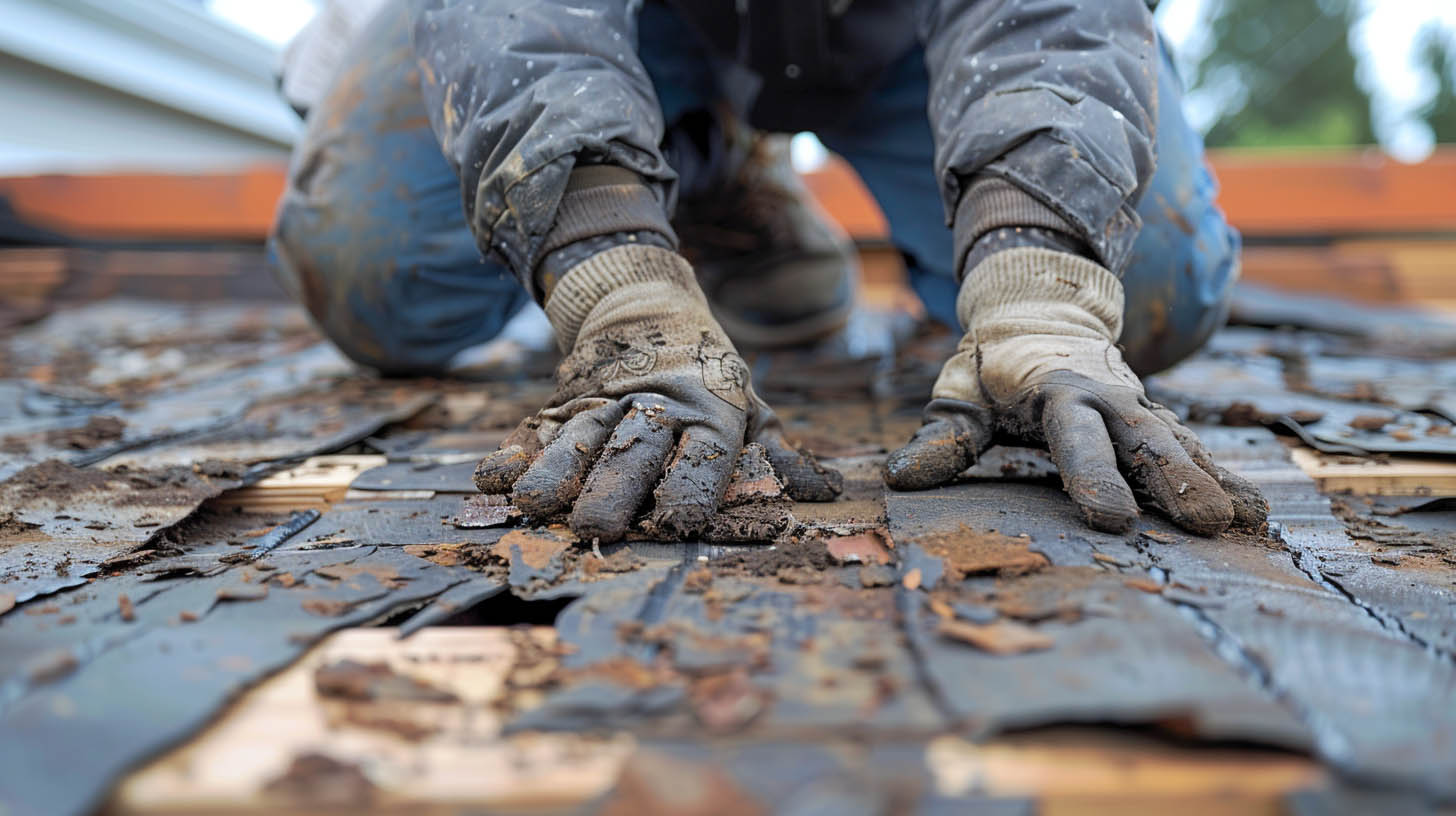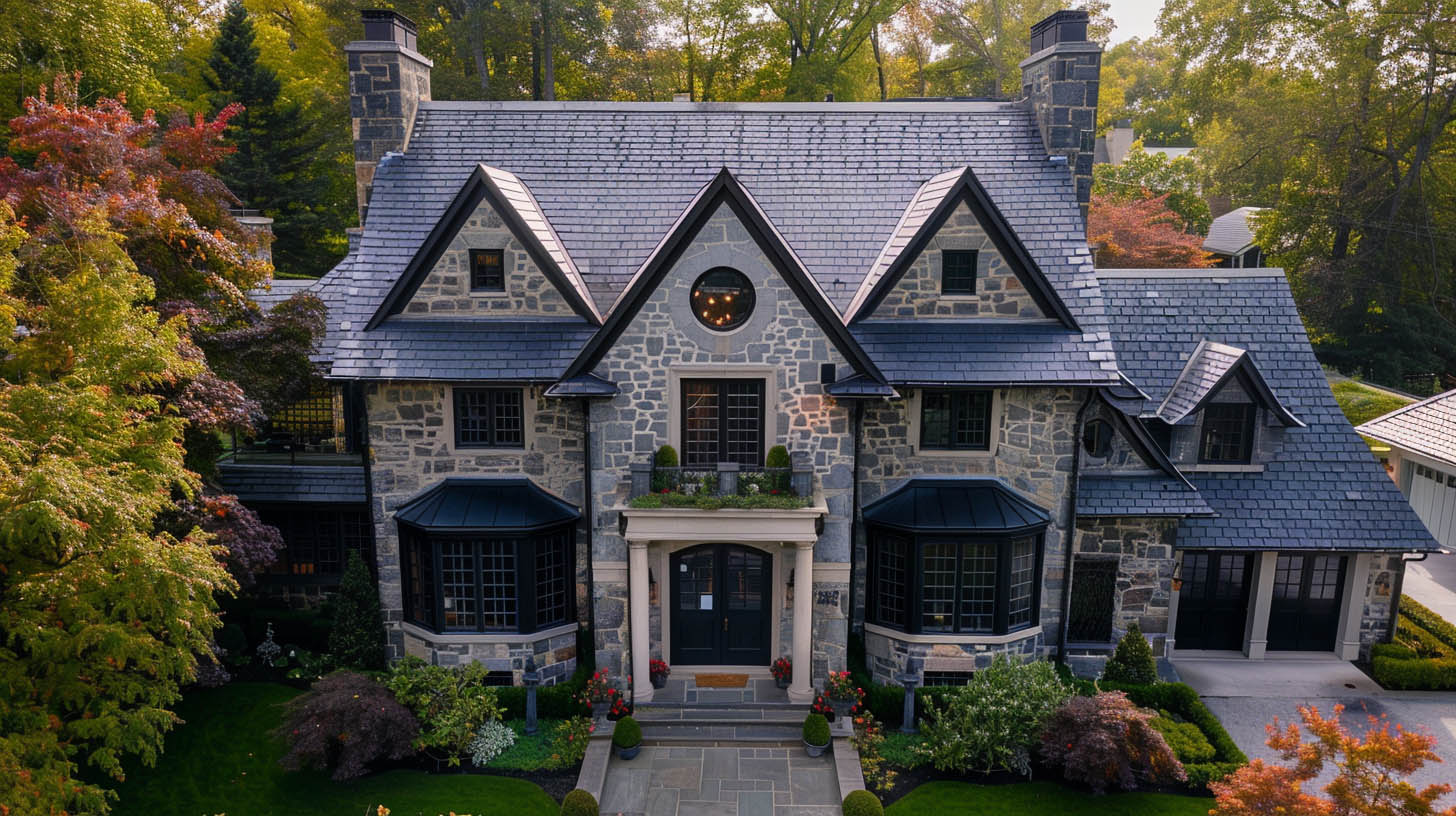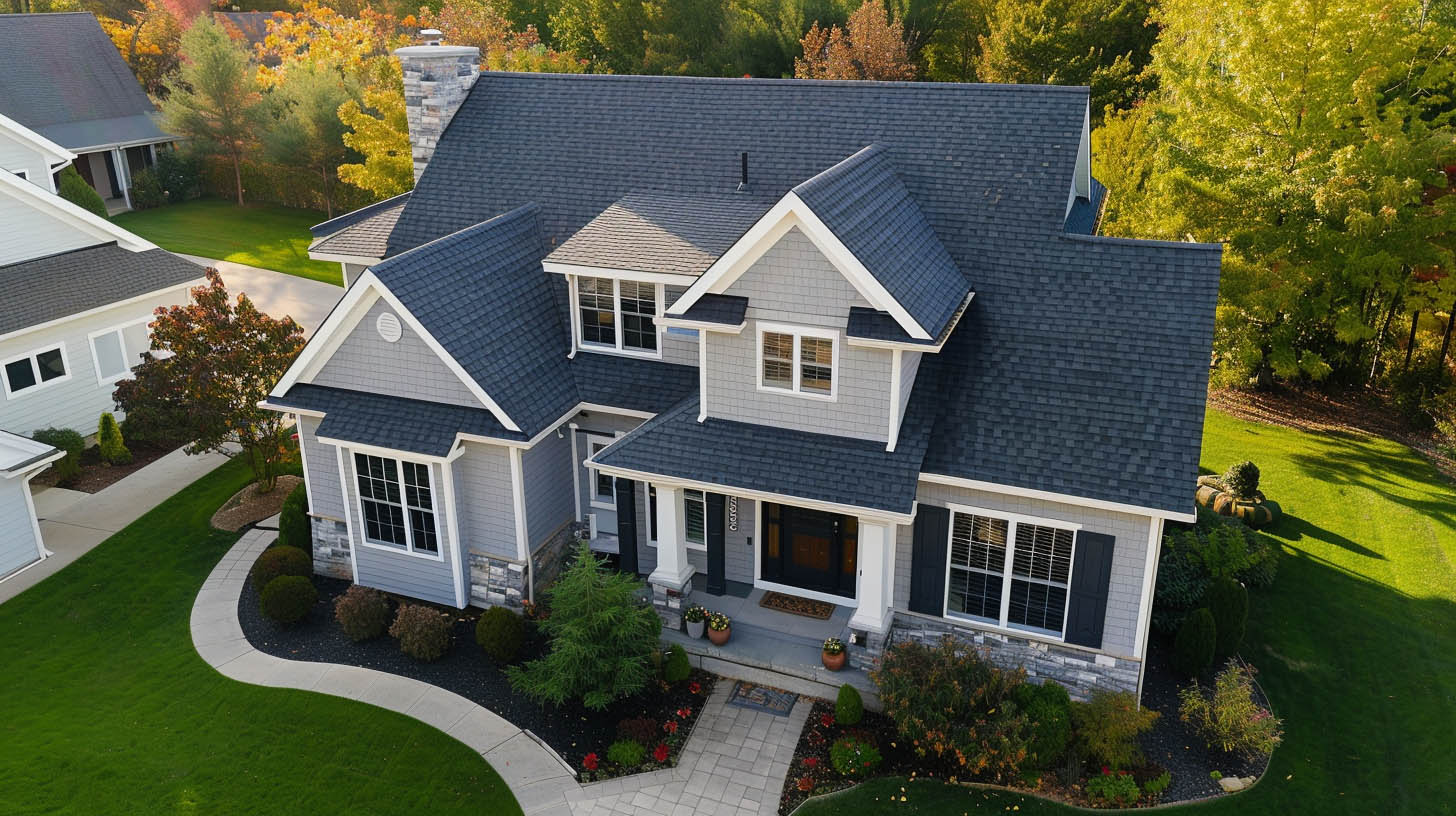
Sagging Roofline: A Telltale Sign of Trouble
A sagging or irregular roofline is not just an aesthetic concern but a glaring indicator of underlying issues with the roof decking. Observing your roof’s silhouette to detect any unnatural dips or curves is crucial. These deformities often stem from prolonged exposure to moisture or the gradual degradation of the decking material, compromising the roof’s structural integrity.Leaks and Water Damage: Silent Culprits
The appearance of water stains on ceilings or walls signals potential leaks that could threaten your home’s interior. Despite the protective barrier offered by shingles and underlayment, the decking acts as the final bulwark against water intrusion. Compromised decking allows moisture to seep through, necessitating prompt intervention to forestall extensive damage.The Peril of Soft Spots
An inspection that reveals soft or spongy sections upon walking on the roof points to a critical problem—rot or moisture damage within the decking. These weakened areas undermine the roof’s structural stability, making immediate action imperative to prevent potential hazards.Daylight Through the Attic: An Obvious Red Flag
An attic should be devoid of external light penetration. Should daylight be observed streaming through cracks or openings in the attic ceiling, it signals significant damage to the roof decking. A robust decking layer should uniformly block out the elements, safeguarding the interior from external conditions.The Threat of Mold and Mildew
Roof decking compromised by moisture becomes a breeding ground for mold and mildew, posing health risks and indicating moisture management failures. Spotting these growths necessitates a thorough evaluation and possible decking replacement to address the moisture problem at its core.The Imperative for Decking Replacement
Overlooking signs of decking distress can lead to catastrophic outcomes, including:- Structural Vulnerability: Compromised decking weakens the roof’s structural foundation, endangering its capacity to bear the weight of roofing materials and withstand adverse weather.
- Interior and Energy Efficiency Risks: Leakage through damaged decking necessitates costly repairs and contributes to energy inefficiencies, escalating heating and cooling expenses.
- Health Concerns: Moisture-induced mold and mildew growth can detrimentally affect indoor air quality, posing health hazards.


